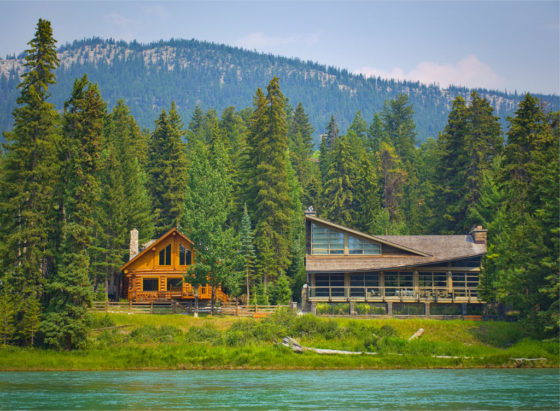Preparing for wildfires in B.C. is a shared responsibility. Here are FireSmartBC’s tips for mitigating the threat of wildfires in your community.

Photo credit: iStock.com/Eder Maioli
Many communities in B.C. are in or near heavily forested areas. People who live, work, and play in these areas need to be prepared for wildfires.
Wildfires don’t just affect communities in remote areas. This CBC story, Coquitlam homeowners to get wildfire education, opens: “If a wildfire is sparked in the forests of Coquitlam, the outcome could be ugly for the more than 1,200 properties at the forest’s edge.”
Given how destructive wildfires can be, the province aims to educate communities about how to better prepare for wildfires through FireSmart BC. FireSmart BC is about empowering residents, local governments, and industries to help reduce the risk of wildfires. It’s based on the idea that preparing for wildfires is a shared responsibility.
Sharing FireSmart solutions for B.C.
One aspect of FireSmart BC is geared towards city planners and legislators. A good example of legislative change inspired by the initiative is featured in this story from the Nelson Daily, City updates Land Use Regulations to increase resiliency to potential wildfires. Nelson implemented a city-wide planting regulation that requires new vegetation to be planted in a way that reduces the likelihood that it will spread fire to nearby buildings and structures.
Homeowners and residents also have a role to play in ensuring their homes and communities are FireSmart. Here are FireSmart BC’s top 10 tips for homeowners:
- Move firewood 10–30 metres from your home.
- Clean your roof and gutters of leaves and pine needles.
- Have a wildfire evacuation plan with your household.
- Keep grass cut to less than 10 centimetres.
- Trim and prune any trees or vegetation that overhang your roof.
- Take inventory of what kind of trees grow on your property. (Some trees are more flammable, such as pine. Other trees are more resistant to fires, such as birch and aspen.)
- Make sure everyone in your family knows where the gas, electric, and water main shut-offs are.
- Assess your roof and chimney. (Is your roof clean? Do you have a spark arrestor? Having a clean, protected roof can significantly improve the chances of the entire structure surviving.)
- Relocate propane tanks 10–30 metres from your home.
- Conduct a full FireSmart assessment of your home and property.
More tips and information
- Get prepared for a wildfire in British Columbia (Government of B.C.)
- Ten ways to help your home survive a wildfire (CBC)
- Health and safety resources for wildfire season (WorkSafeBC)
- Is it safe to work outside with wildfire smoke in the air? (2017 Speaking of Safety blog post)


